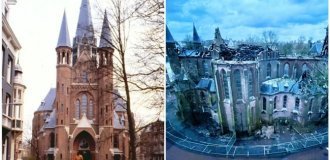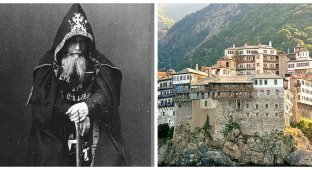History of Edinburgh's Underground City (10 photos + 2 videos)
Extreme sports enthusiasts are well acquainted with the catacombs of Paris. But this is far from the only metropolis where underground life once teemed. 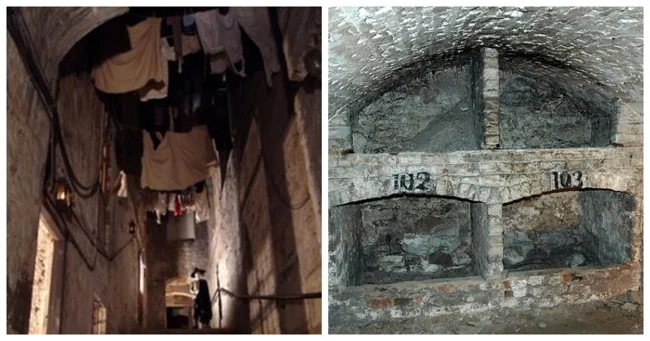
Edinburgh in Scotland also once served as a refuge for the poor souls who could not find a place on the surface.
History of Underground Construction 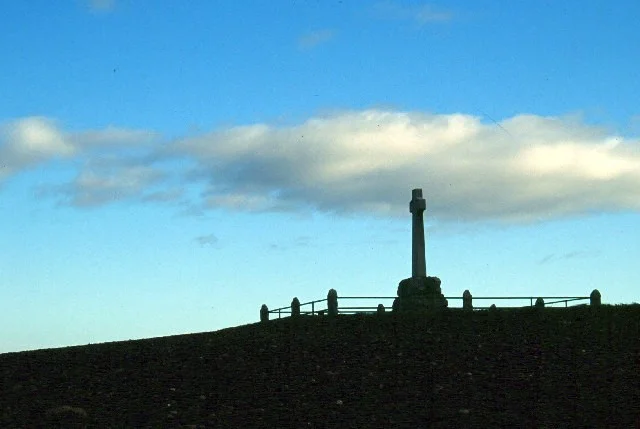
This monument commemorates the Battle of Flodden Field in 1513
Edinburgh's use of underground spaces was a direct consequence of the construction of the Flodden Wall in 1513, following the defeat of the Scots at the Battle of Flodden by the English. The wall surrounded the city. This meant that new buildings had to be built either outside the wall (which was unsafe), or the cellars and storerooms under the streets had to be converted into housing in the city itself. 
In the 1700s, a series of bridges began to be built in Edinburgh. Because the bridges were used to cross roads and hills rather than rivers, they left dry, open spaces underneath. These became ideal places to build cheap housing.
Whole "cities" formed beneath the bridges, honeycombs of enclosed spaces that remained out of sight from the bridges where the wealthy would stroll.
Inhabitants of the Underbridge 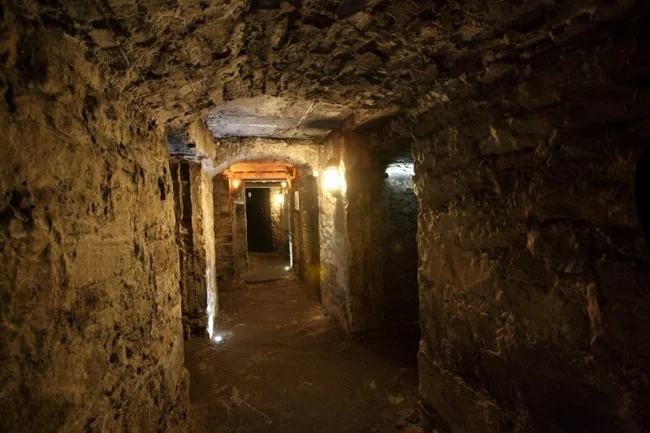
Initially, the spaces under the bridges were used to house prisoners and marginalized people, as well as other undesirable elements. But over time, bridges like the Southern Bridge began to be used by traders as shops, albeit without windows and with narrow doors. 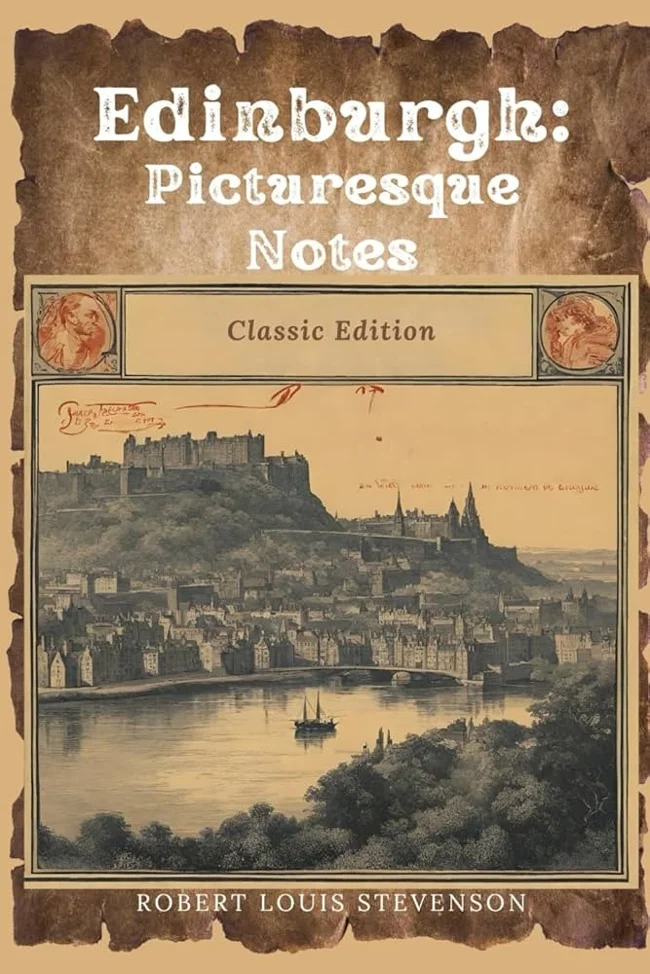
Robert Louis Stevenson described the area in his 1878 book Edinburgh: Picturesque Notes:
...under dark arches, through dark staircases and alleys... the way is so narrow that you can brace your hand against any wall. (Here) gaolers scurry about; slovenly, barefoot children; (one) old man, when I last saw him, was wearing the coat in which he had played the gentleman three years before; and it was this that gave him such a distinguished air of squalor.
A Sad Existence 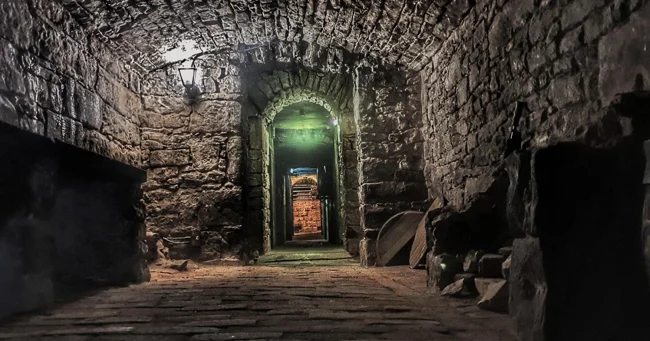
In the 19th century, the city's population was swelled by survivors of the Irish famine who migrated to cities like Edinburgh. With no money, they swelled the hordes of people living underground. One doctor of the time reported finding a family of four living "in a vault or cavern under a large house... (and they let out) their miserable and dark dwellings to as many people as they could squeeze into them."
As the 20th century progressed, fires, collapses, and housing developments beyond Flodden Wall brought an end to the labyrinthine habitation beneath Edinburgh. As new buildings and roads were built, many traces of the underground houses were destroyed. However, eyewitness accounts and, of course, memories remained.
Tales of the underground city have become part of the city's folklore. Many believe these underground dwellings and shops to be haunted. 
The Kirk Throne
Echoes of this dark period in Edinburgh's history have made themselves known from time to time. In the 1970s, builders made an interesting discovery. The archaic Marlin's Wind, which once housed fruit and booksellers' stalls, was found virtually intact beneath the floors of the Tron Kirk, the former main parish church on the Royal Mile.
Mary King's Close in the Edinburgh Underground 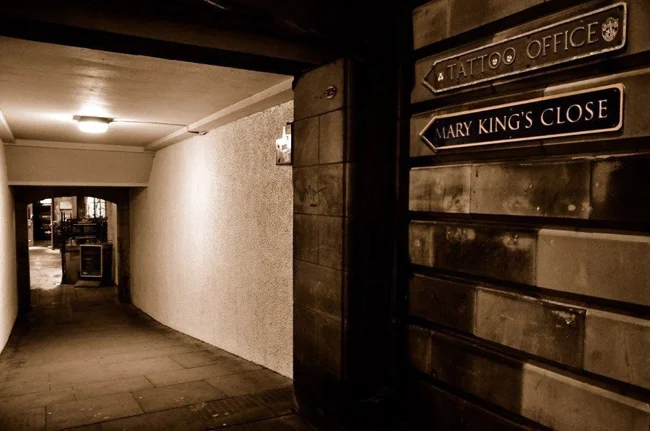
Traces of the Edinburgh Underground have also been discovered in the Underground. Perhaps the most famous of these is Mary King's Close. This underground street in the central part of the city, on the Royal Mile, got its name from the landlady Mary King, the daughter of lawyer Alexander King, who owned several properties on this street. It was first mentioned under this name in the second half of the 17th century, although it actually existed earlier. 
Excursion to the "Real House of Mary King"
In the 18th century, during the construction of the new city hall, Mary King’s Close, along with several adjacent streets, was partially demolished and partially walled up and used as foundations for the new building. For many years, the complex of streets remained virtually inaccessible from the outside and became overgrown with a lush bouquet of myths and urban legends, often quite frightening. Legend has it that in the mid-1640s, the Close housed victims of the plague, who were walled up while still alive to prevent the spread of the disease. 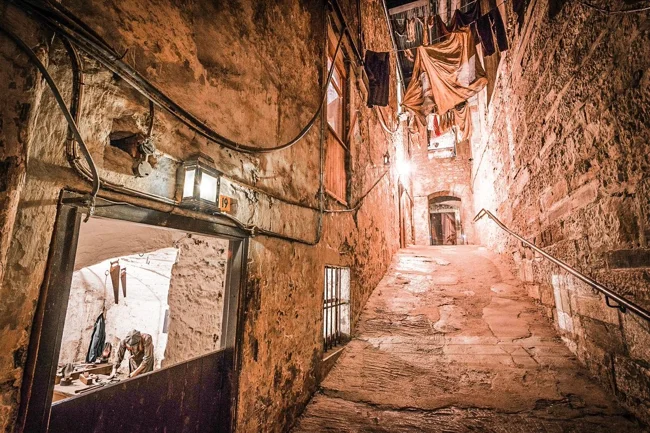
Mary King Street
Several companies in the city run tours (or ghost tours) of Edinburgh's preserved cellars and streets where countless people once lived and died.










